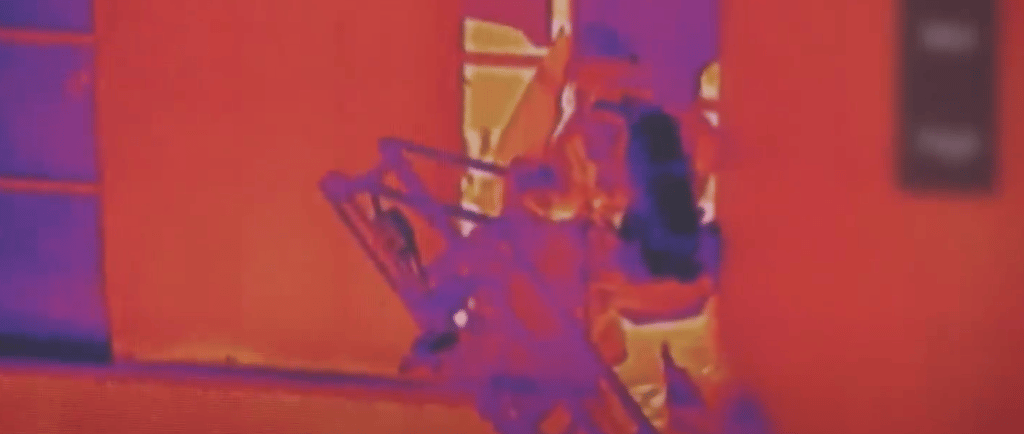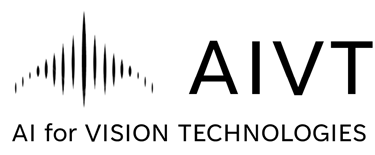False Color Enhancement: Optimizing Thermal Imaging with AIVT's Innovative Approach
Optimizing color palettes for enhanced thermal differentiation and improved visualization.
Rytis BURAČAS
3/23/20252 min read


Thermal imaging captures the invisible world of heat signatures, providing valuable insights across various applications. However, the raw thermal data is typically monochromatic, representing temperature variations as shades of gray. To make this information more interpretable, a technique called "false color enhancement" is used. This involves mapping different temperature ranges to a spectrum of colors, allowing humans to quickly and easily discern thermal differences.
The Challenge: Creating Effective Color Palettes
The effectiveness of false color enhancement heavily relies on the choice of color palette. A poorly designed palette can lead to:
Loss of Information: Subtle temperature variations might be masked by similar colors.
Misinterpretation: Certain color combinations can create visual artifacts or lead to incorrect conclusions about the thermal data.
Reduced Contrast: A palette with insufficient color contrast can make it difficult to distinguish between objects or regions of interest.
Traditional Approaches and Their Limitations
Traditionally, false color palettes were often based on linear mappings or standard color models like rainbow or jet. While these palettes can be helpful, they may not be optimal for all thermal imaging applications. For instance, the rainbow palette, while visually appealing, can create perceptual distortions, where some temperature differences appear larger than others.
AIVT's Creative Solution: AI-Driven Palette Optimization
AIVT takes a unique approach to false color enhancement by employing artificial intelligence (AI) to design and optimize color palettes. Instead of relying on generic or pre-defined palettes, AIVT leverages AI to create custom palettes tailored to specific applications and data characteristics.
Here's how AIVT's AI-driven approach works:
Application-Specific Requirements: AIVT's experts work closely with clients to understand the specific requirements of their thermal imaging application, such as the typical temperature range, the objects of interest, and the critical thermal variations that need to be highlighted.
Data Analysis: The AI algorithms analyze a large dataset of thermal images relevant to the application, identifying the statistical distribution of temperature values and the key thermal features.
Palette Generation: Based on the application requirements and data analysis, the AI model generates a custom color palette that maximizes thermal differentiation and visual clarity. The model considers factors such as color contrast, perceptual uniformity, and the avoidance of visual artifacts.
Iterative Refinement: The AI-generated palette is then refined through an iterative process, where the model evaluates its performance on a set of test images and adjusts the palette parameters to further improve its effectiveness.
Benefits of AIVT's AI-Driven False Color Enhancement
Enhanced Thermal Differentiation: AIVT's custom palettes maximize the color contrast between different temperature ranges, making it easier to distinguish subtle thermal variations.
Improved Visualization: The AI-generated palettes are designed to be perceptually uniform and visually appealing, reducing the risk of misinterpretation and improving the overall user experience.
Application-Specific Optimization: AIVT's palettes are tailored to the unique characteristics of each application, ensuring optimal performance and accuracy.
Real-time Adaptability: The AI models can adapt the color palette in real-time based on the changing thermal conditions or the specific objects being viewed.
Applications Across Industries
AIVT's innovative approach to false color enhancement is improving thermal imaging across various industries:
Medical Imaging: Enhanced visualization of temperature variations in medical scans, aiding in the diagnosis of diseases and monitoring of treatment effectiveness.
Industrial Inspection: Improved detection of thermal anomalies in machinery and equipment, enabling predictive maintenance and preventing costly failures.
Security and Surveillance: Enhanced identification of objects and individuals in low-light or challenging conditions, improving the effectiveness of security systems.
Autonomous Systems: Better interpretation of thermal data for navigation and obstacle avoidance, enabling safer and more reliable operation of self-driving vehicles and drones.
By leveraging the power of AI to optimize color palettes, AIVT is pushing the boundaries of thermal imaging, providing users with more intuitive, accurate, and informative visualizations of thermal data.
---- end ----
